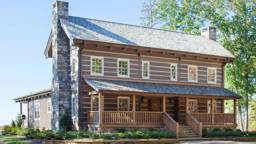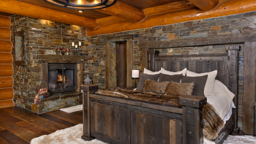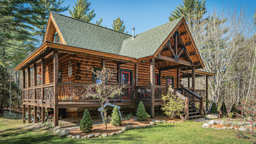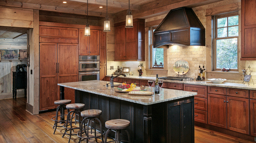There are few aspects of life where you can have it all. Food is rarely fast, good and cheap. In their own ways, neither are clothes or cars. Custom homes are a balancing act in their own right; on the tightrope, homeowners must balance their budgets, their sites and their lifestyles. Even with a spacious floor plan, one still must strike the right chord between privacy and space to gather; between space to work and room to play; between function and fun. Luckily, with a few smart design strategies — particularly in a larger design — your custom home can achieve that perfect balance, boasting the best of all worlds in a way that works for you. Here, we delve into a few ways to make the most of a spacious design.
Make Room for Family
According to the Pew Research Center, multigenerational housing is on the rise, with roughly four times more Americans reporting living in a multigenerational household than just 50 years ago. Now, about 18 percent of the U.S. population, or 59.7 million residents, are living with multiple generations under one roof. All the more reason to include a little extra square footage for the in-laws. This could take the form of an apartment suite in a separate wing or walk-out basement, or even two primary suites on the main floor.
In fact, Michael Grant, co-owner of Georgia-based Modern Rustic Homes, says that a huge design trend he sees is two main-level primary suites; which he refers to as the “senior” and “junior” suites.
“Should you have an aging parent who cannot navigate stairs come to live with you, a secondary suite on the main level is a tremendous asset,” Michael explains, though he does offer a bit of design advice: “Locate them on opposite sides of the house. This allows each of you to maintain your privacy.”
Until that day arrives, you can use this spare suite as what Michael laughingly refers to as “snore jail” — a space to comfortably yet acoustically distance a snoring partner so you can both get a good night’s sleep.
Never Move Again
With plenty of space and a customized design, your log, timber or hybrid home can be the last home you ever have to move into. Take advantage of the flexible square footage to stitch in a few features that will ensure your dream home continues to be so.
Start with an open floor plan, which makes navigation much easier, particularly for residents with walkers and wheelchairs. Placing your laundry room near the primary suite will make the chore that much easier, now and in the future. A spacious bathroom is not just luxurious, but practical too; a 5-foot-diameter circle, free from obstacles is how much space a wheelchair needs to completely turn around in the space. Throughout the home, doorways should be 36 inches wide, and hallways should measure 42 inches across at minimum. A showstopper staircase can certainly add architectural appeal, but since navigating a multi-story home gets difficult as we get older, a two-person elevator is a smart upgrade to age in place. Not ready to add it just yet? Stack closet space in your plan such that an elevator can be retrofitted later.
Sit Pretty
If you’re going to build big, you might as well build up. Log and timber homes are a natural fit for rolling hills and mountain locales, but a sloped lot certainly comes with its challenges; there’s no denying that. Log and timber home designers can help you navigate your lot’s particular quirks to achieve a design that works with the land and your budget, but know that a hillside home will likely result in extra square footage. The good news is stacked square footage tends to be cheaper than spread-out space.
In fact, Matt Franklin, architect at M.T.N design advises his clients to go with a two- or even three-story design and a smaller overall footprint to save costs on sloped lots. To add volume and stability to the foundation, invest in 10-foot sidewalls for a walkout basement, with plenty of large windows and sliding-glass doors to admit daylight.
In addition, “The home should be oriented with the front entry facing the hillside, with the great room and open floor plan facing the view,” Matt says.
Find Work-Life Balance
Whether your spare space comes in the form of a walk-out basement, a sprawling loft or bonus rooms, one of the best parts of a larger floor plan is the chance to dedicate space to work and pleasure alike. With more professionals working from home full time than ever before, home offices are a hot commodity. When retirement finally arrives, these spaces can transform into hobby spaces, craft rooms, home gyms, music rooms, home theaters and more. Your imagination is the limit.

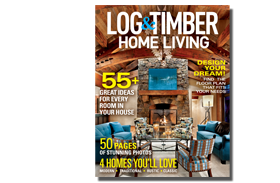

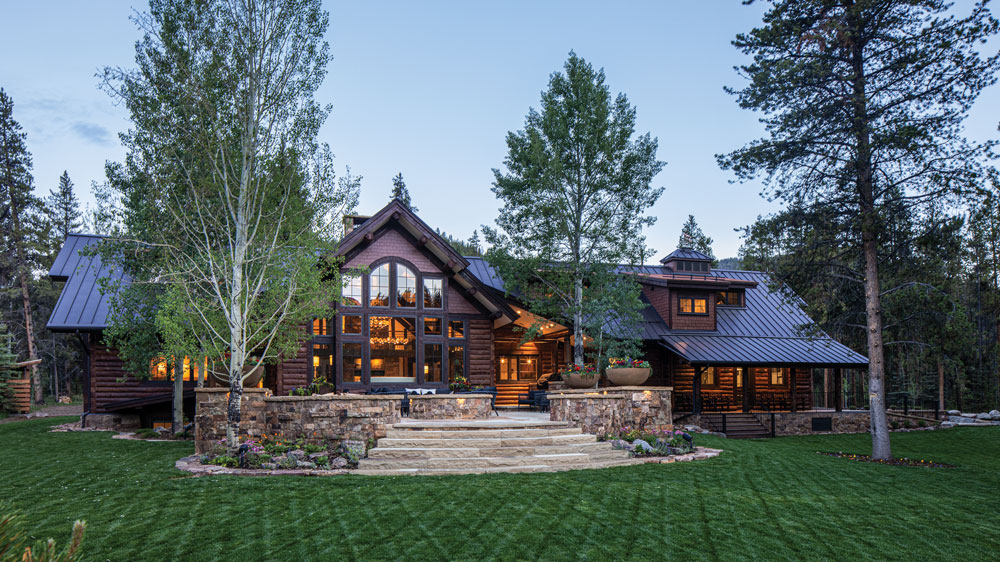

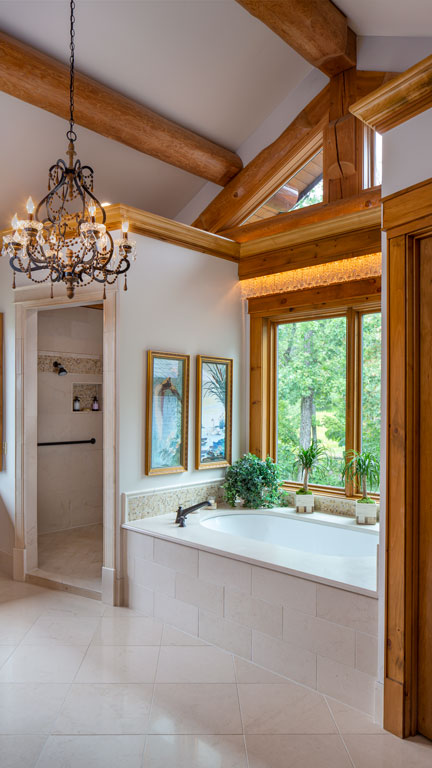
_11868_2023-12-20_08-12-256x288.jpg)
